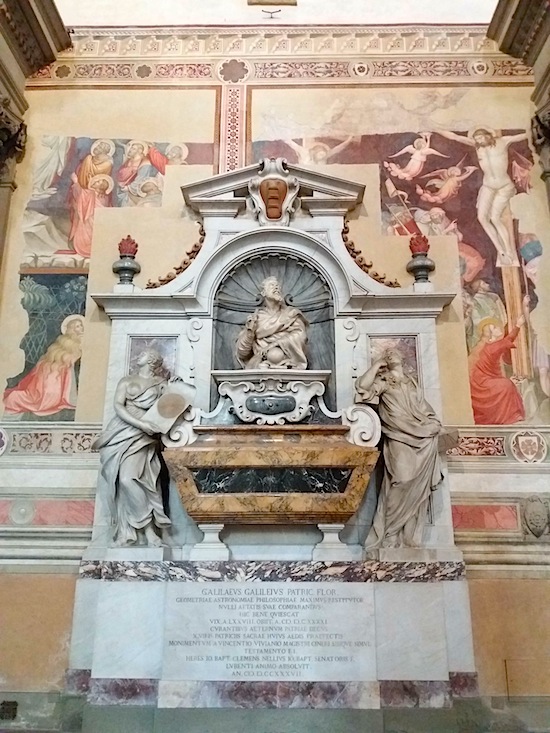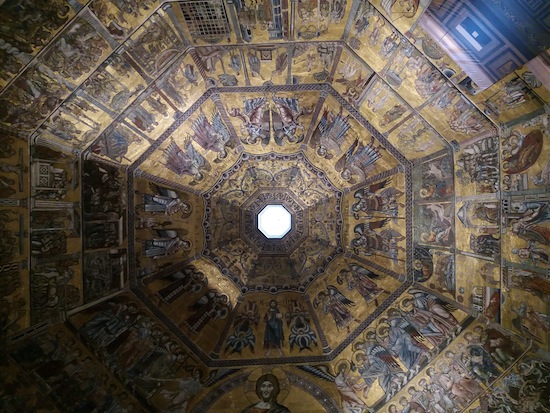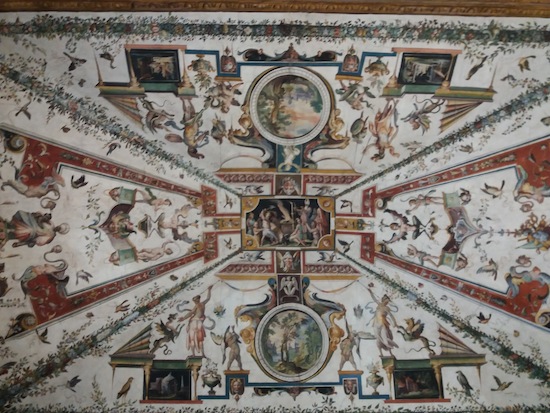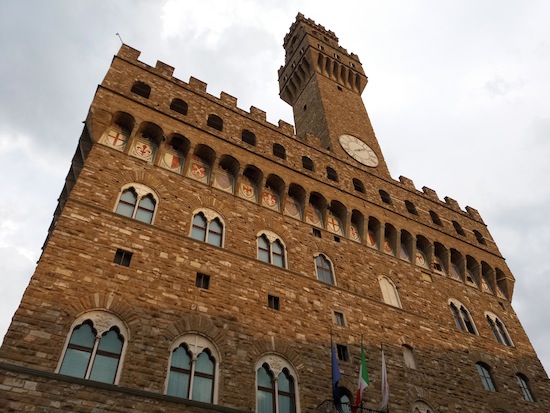Finding Galileo in Florence

Galileo’s tomb in Santa Croce, Florence
Florence was the birthplace of the Italian Renaissance and home to countless great names in art, literature, and science. For me, though, one figure towers over them all–Galileo Galilei. He was a man who profoundly changed how we look at the universe, a true genius whose impact is still felt today.
So I and my astronomer wife went searching for him in Florence. Call it a pilgrimage if you want. It certainly felt that way to me.


